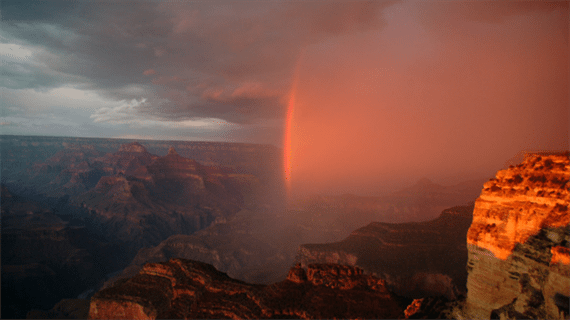|
The National Park Service celebrates its centennial this year! This is big news. For 100 years, NPS has worked to preserve the natural and cultural resources of the National Park System for more than 275 million annual visitors to enjoy. Fourth graders are specifically reaping the benefits with Every Kid in a Park, which is precisely why we pulled together these 10 educational resources to share with your fourth grade class.
Come the NPS’s birthday on August 25, they’ll be ready to explore and celebrate. (Birthday cake optional.)
- Campfire Conversations. During a private three-day camping trip in the Yosemite Valley in 1903, President Theodore Roosevelt and preservationist John Muir discussed their views on the wilderness, around a campfire, which eventually led to the expansion of Yosemite National Park. This lesson will have students conducting research online so they can create their own “campfire conversation.”
- Lions and Tigers and Bears, Oh My! Yellowstone National Park has the largest concentration of wildlife in the lower 48 states. Have your students guess what animals they might see at the park. (Answer: bears, wolves, moose, elk, bison, badgers, otters, fox, non-native mountain goats and more than 500 grizzlies!)
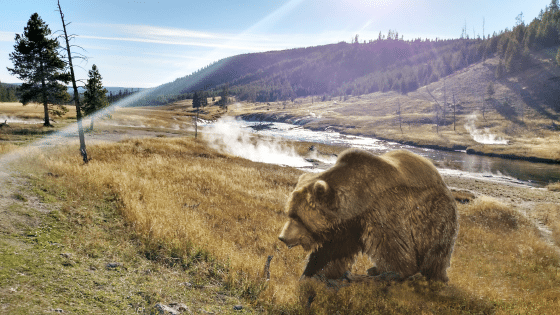
- Where in the World Is John Muir? As one of the earliest advocates of the national park initiative, John Muir traveled broadly across the United States to preach about nature. Use this biography to determine where John traveled, and turn it into a geography game for your students. Help them pinpoint the states he visited on a map, and discuss how this journey helped bring national attention to these parks.
- To Preserve and Protect. Teach your students about Shelton Johnson, a Yosemite National Park ranger who has worked in the park for 22 years! Watch this short video clip of Shelton talking about the first time he visited Yosemite, and discuss the importance of park rangers.
- Park Prediction. Your students already know how many states there are in the United States, but can they guess how many national parks there are? Answer: 58! Next, have them guess which state has the most national parks, with nine total (we’re looking at you, California!).
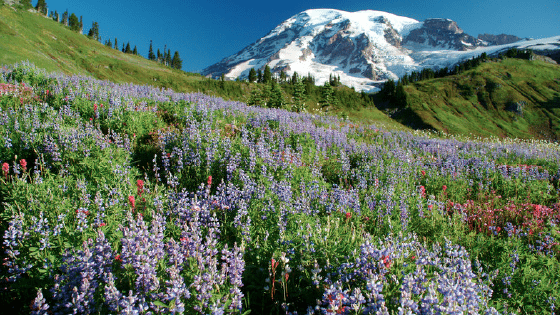
- To Infinity and Beyond. Did you know that Switzerland plus Yellowstone and Yosemite National Parks could fit within the borders of America’s largest national park? We bet your students didn’t! Wrangell St. Elias comprises 13.2 million acres and stretches from one of the tallest peaks in North America, Mount St. Elias, to the ocean. In addition, the largest single wilderness in the United States is designated at the park (almost 9.1 million acres). Have your students discuss what the term “wilderness” means and the importance of wildlife preservation.
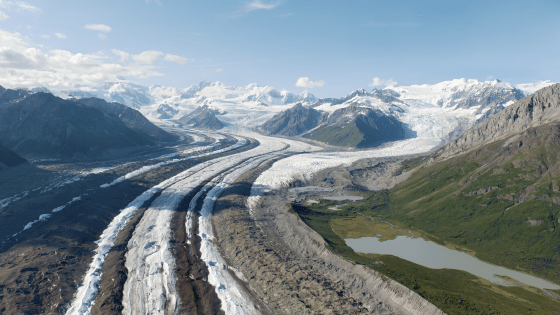
- The Land They Loved. The national parks embody the idea that the magnificent natural wonders of the land should be available to everyone. Use this resource to learn about the democratic idea, and teach your students about the legislation to protect and preserve the land for future generations.
- Mapping the National Parks. In the 1930s, the national parks’ mission expanded to include preserving sites of historical as well as natural importance. In this lesson, students will locate and categorize the 42 national historical parks, and identify the different types of events, activities and people that they commemorate.
- Roses Are Red, Violets Are Blue. Yellowstone National Park has more than 1,100 species of native plants and more than 200 species of exotic plants. See if your students can name a few of the plants found within the park, like these wild daisies.
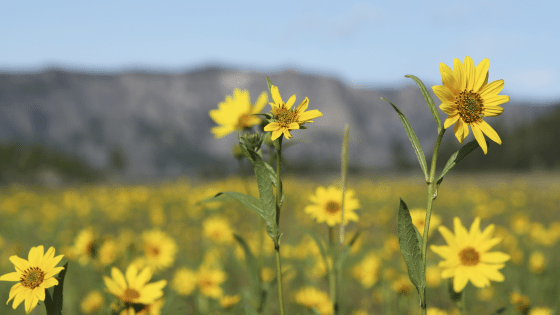
- Movie time. Filmed over the course of more than six years at some of nature’s most spectacular locales—from Acadia to Yosemite, Yellowstone to the Grand Canyon—“The National Parks: America’s Best Idea” is re-releasing on PBS this month.
|
